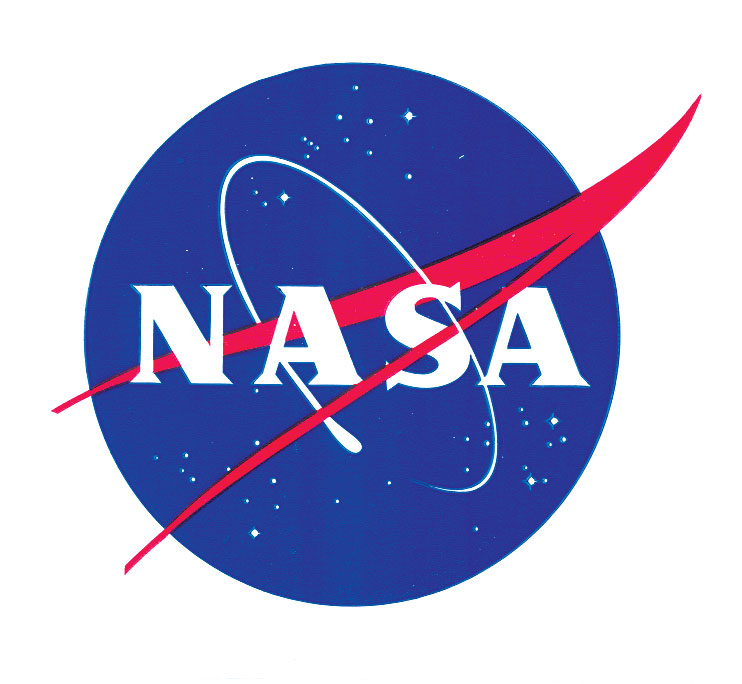

Broad Agency Announcement (BAA) Research Grant 13-02017
InSAR Laboratory |
||
What is InSAR? Interferometric synthetic aperture radar (InSAR) is a rapidly evolving remote sensing technology that uses C-band (5.6 cm wavelength) satellite radar data collected since 1992 to measure sub-centimeter-scale ground movement, most commonly in surface deformation studies related to earthquakes, volcanoes, and groundwater-related land subsidence. Two radar scenes each covering about 10,000 km2 and taken at different times are closely compared for small changes in radar phase of the waves reflected from fixed objects that have moved on the ground. The small shifts in radar phase can be measured with a pixel resolution of about 10 m, allowing deformation patterns to be detected over large regions with a high degree of spatial detail. InSAR lab research facilities The lab is equipped with a full range of computing hardware and software dedicated exclusively to InSAR processing, including multiple Linux, Unix, and PC workstation platforms. The lab can routinely process InSAR data using any of three software packages: DIAPASON developed by the French Space Agency (CNES); ROI_PAC developed by the NASA Jet Propulsion Lab (JPL); and GAMMA developed by Gamma Remote Sensing. Staff John W. Bell, Research Professor (email jbell@unr.edu) Collaborators Falk Amelung Alessandro Ferretti Gary Oppliger |
||
|
||
click image to enlarge
|
||
Current Projects
|
||